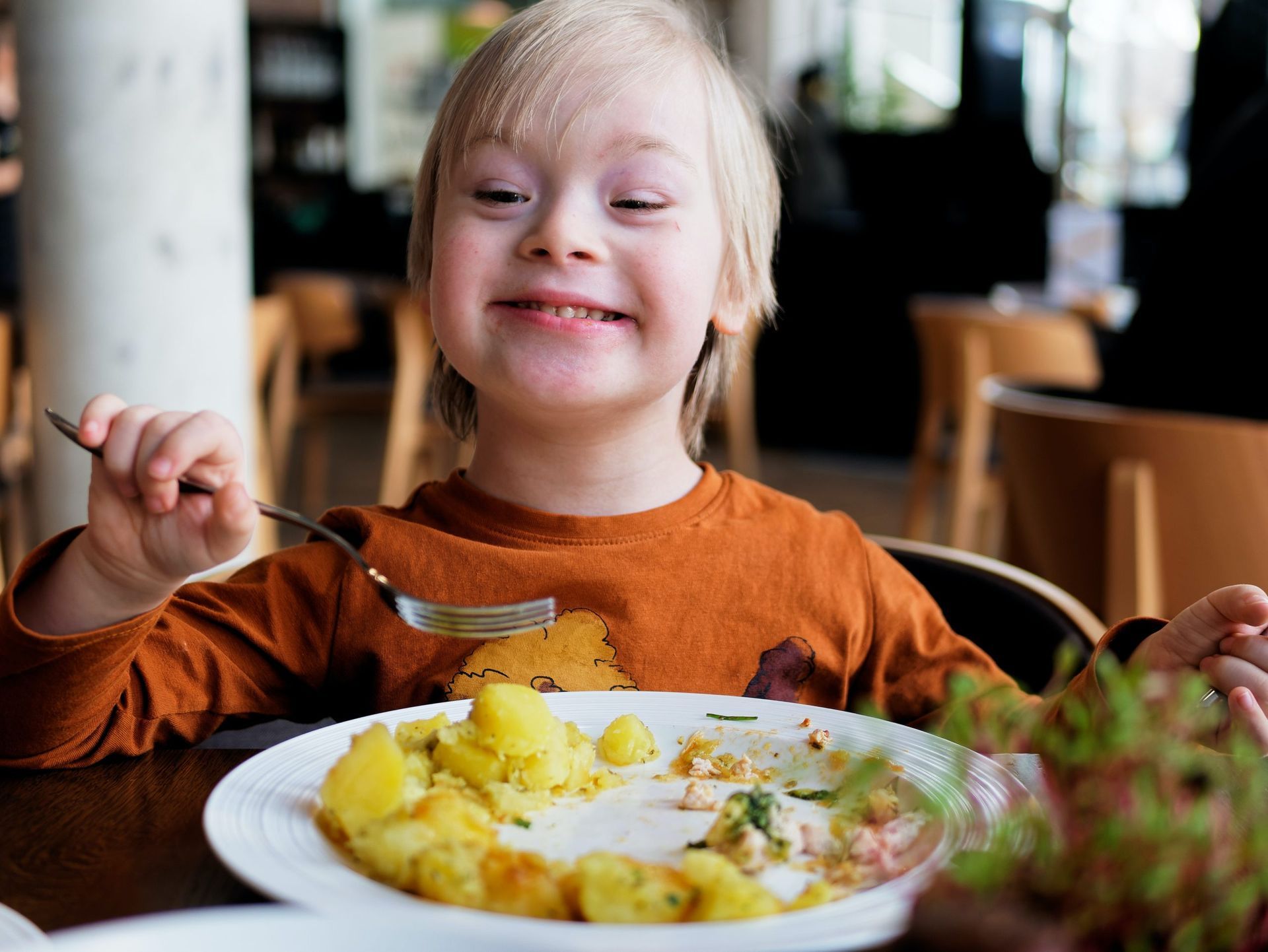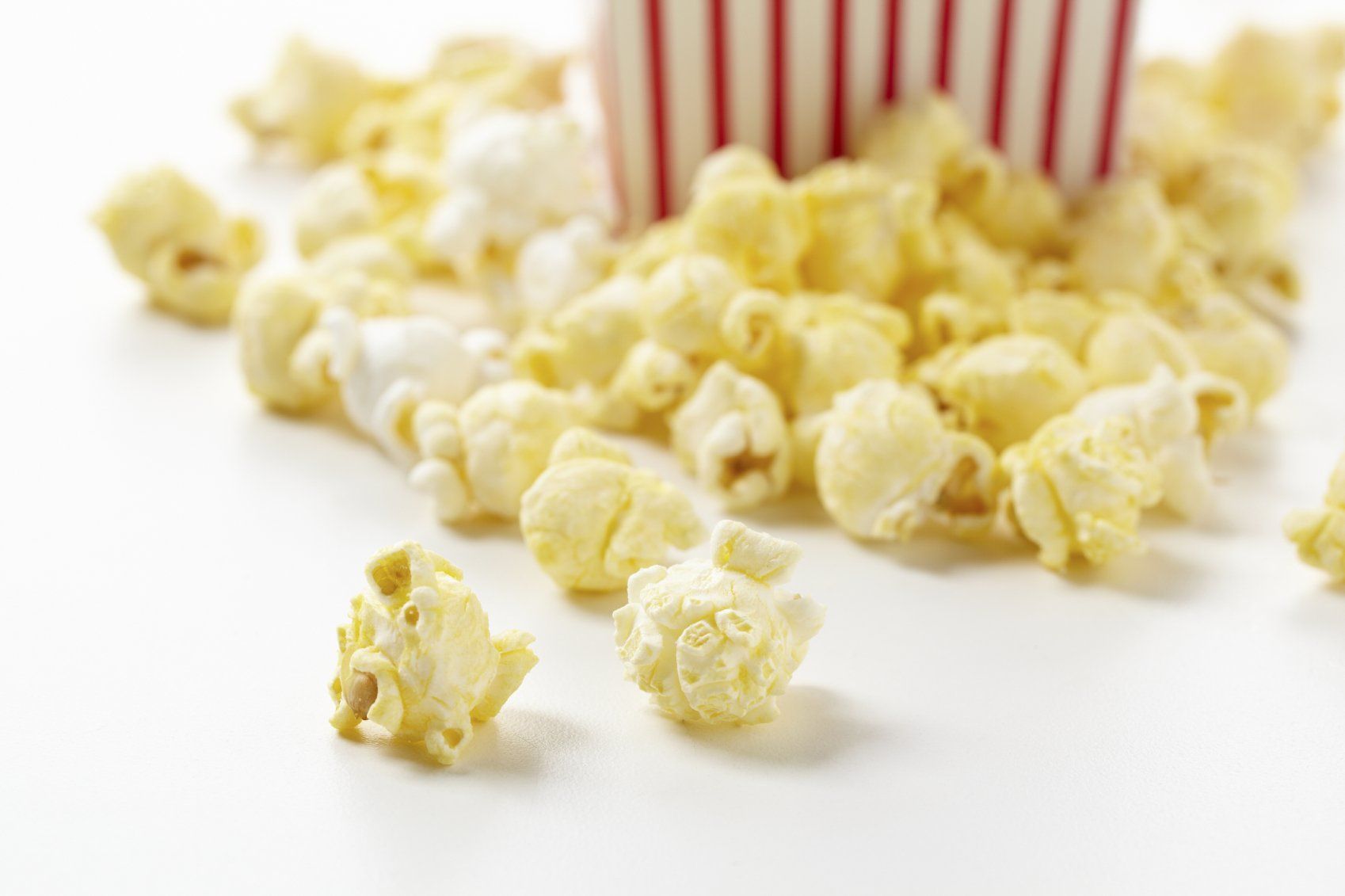What is Developmental Coordination Disorder
Developmental coordination disorder (DCD) is a condition that affects 5%-6%* of school-aged children. Kids with DCD find physical movements (both gross motor and fine motor) challenging due to coordination difficulties. Everyday tasks such as running or throwing a ball (gross motor skills) as well writing or zipping up a jacket (fine motor skills) are difficult. A brief questionnaire for parents, created by a the Alberta Children's Hospital (found here) may be helpful in screening for coordination disorders in children.
5 Common Symptoms of Developmental Coordination Disorder
- Clumsiness (tripping)
- Poor handwriting
- Avoidance of physical activities (often sport-related)
- Delayed walking
- Difficulty with precise motions, such as holding a utensil or fastening buttons
Does DCD Require Treatment?
While DCD symptoms vary from mild to severe, treatment is required because children do not grow out of DCD as they age. Specialist such as physical therapists, occupational therapists and neurologist can identify and treat nervous system and muscular issues. Early treatment is preferred to avoid potential psychiatric issues (such as withdrawal from social and physical activities due to embarrassment and/or low self esteem,) which are frequently a byproduct of Developmental Coordination Disorder being left untreated.
What Will Treatment Work On?
- Balance
- Strengthening
- Coordination,
- Movement planning (reacting and anticipating)
- Motor (movement) control.
How You Can Help
Be a supportive teacher, patiently working on one skill at a time in a supportive manner until your child masters it. Be prepared to teach skills in different ways to keep things positive, fun and engaging for your child. It is important for children with DCD to feel encouraged in their efforts, so they are motivated to work on more and more complex tasks as opposed to feeling embarrassed, withdrawing themselves for social and physical activities.
Blog Information Sources:
* WebMD









